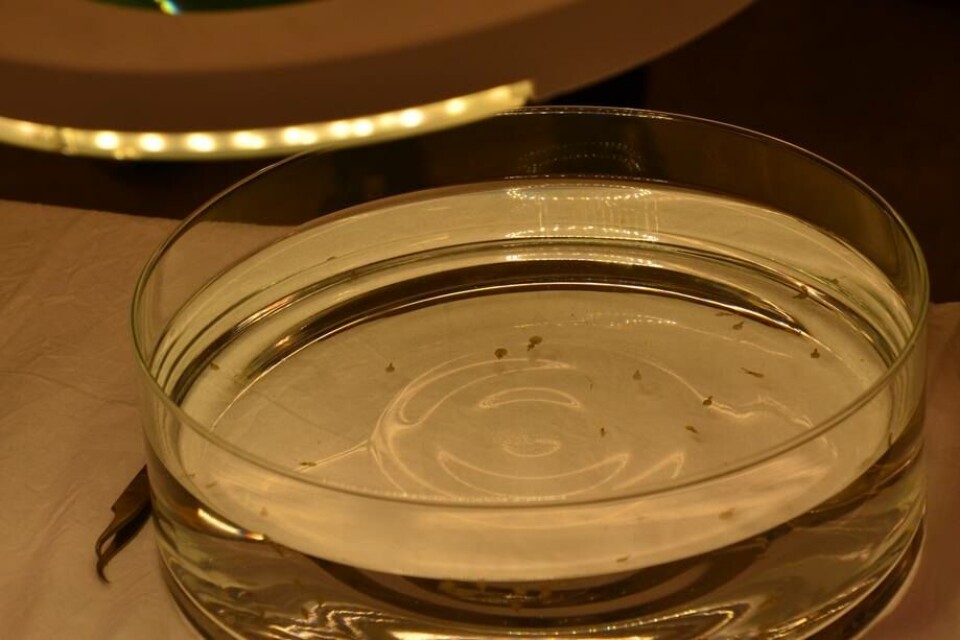
Vets fear lice may develop resistance to hot water
Norway’s Veterinary Institute has published its annual report on sea lice drug resistance, where it establishes that the parasites are still largely resistant to the drugs used. They also emphasize that now the development of resistance to hot water must also be monitored.
The results from 2017 show that resistance to deltamethrin, azamethiphos and emamectin benzoate is still widespread along the Norwegian coast. Less resistance to hydrogen peroxide was found than against the other substances.
The Institute indicates that drug use against salmon lice was reduced in 2017, and 61 per cent fewer prescriptions were written than in 2016.
“This was the continuation of a trend that started in 2015. Drug-free treatments have largely taken over as a control method for salmon lice. The use of such methods rose 47% from the previous year,” the report states.
Repeated thermal delicings
Seventy-four per cent of drug-free treatments in 2017 were performed using thermal depletion (delicing using heated water), something the Institute suspects is not necessarily trouble-free.
“The Veterinary Institute believes that repeated thermal delicings in the same geographic area are worrying in view of possible resistance development in salmon lice.
“It has not yet been investigated whether resistance to thermal treatment has developed, but history has shown that extensive use of one type of treatment over time has given resistance. Therefore, we should keep up with this in the future," says Veterinary Institute researcher Kari Olli Helgesen in a press release.
According to the report, mandatory salmon lice reports to the Norwegian Food Safety Authority show that the number of non-medical treatments increased the last years. Growth continued in 2017 with a 47% increase in treatment compared with the previous year.
Genetic variation in tolerance
Non-drug treatments were carried out at 76 farms in 2015, while the number had increased to 323 plants in 2016, and further to 416 plants in 2017.
“Thermal treatment accounted for almost the entire increase in the use of non-drug treatments in 2017, compared to 2016.”
It is also pointed out that a study from 2017 showed genetic variation in the tolerance of hot water in salmon lice.
"The frequent use of thermal depletion results in a selection pressure that favours lice that can survive hot water treatments. This pressure was applied to a large geographic area, as the use of thermal depletion was frequent along the west coast of Norway, in Trøndelag and in parts of Nordland.”























































